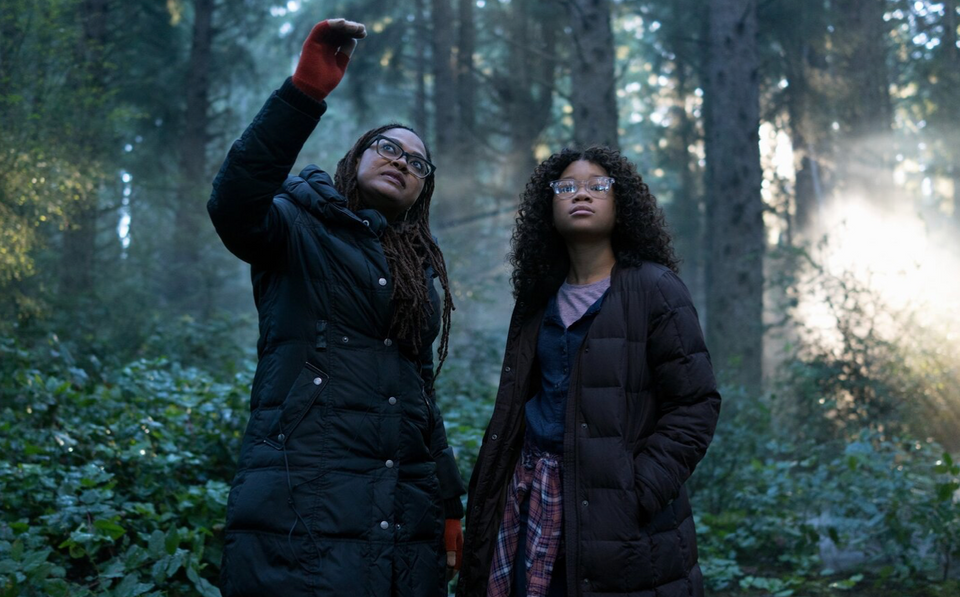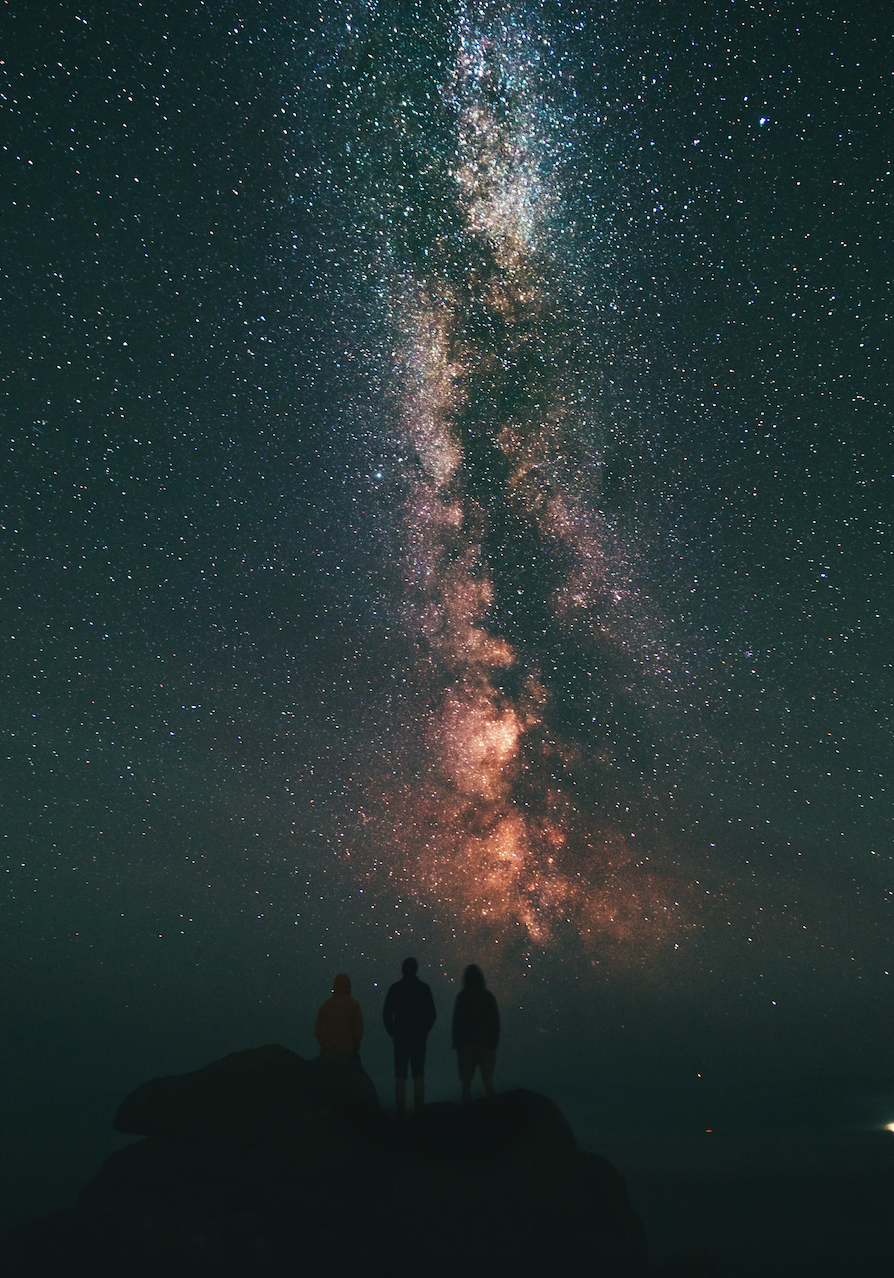On Sunday, Pixar’s Brave won a Golden Globe for Best Animated Feature Film. We recently had a chance to talk with its producer, Katherine Serafian. Here’s what she had to say.
♦ ♦ ♦ ♦ ♦
Aaron Belz: I have two daughters who have thick, wavy, red hair, so we really enjoyed watching Brave.
Katherine Sarafian: Ah… are they teenagers?
AB: One is thirteen, one is ten.
KS: Wow. You have redheaded ten- and thirteen-year-old daughters. You win. That’s great—I’m glad you liked it.
AB: I felt like it was a can’t-miss.
KS: Yeah, you’re our target audience!
AB: I think so! That leads nicely to my first couple of questions. Is this really just a story about amazing red hair?
KS: Ha ha. It’s about so much more. I think our initial character was based on a very spirited child, a real child. Brenda Chapman, one of the directors, had a daughter who was six years old and was very spirited and opinionated and feisty. Brenda and her daughter were butting heads even when her daughter was six, and she thought, “What kind of teenager will she be?” And out of that relationship came this story about a contentious relationship. The idea of making Merida a child of nature—“spirited, wild, untamed”—was built into the character design we had to get that mass of red hair in order to get it right.
AB: Good. So there is the symbolism of fieriness? Feistiness?
KS: Yeah. Plus that red just pops against that lush Scottish backdrop. She’s the center of the movie, so no matter what’s going on in the film or how much is happening, your eye can go right to Merida and that hair. In any moment, in any lighting situation you’ll know that this is the person you’re reckoning with. And yeah, definitely that spirited, untamed, wildness is meant to represent her teenageness as well.
AB: I see looking through your biography that you were involved with Toy Story, The Incredibles, and A Bug’s Life—movies that were meaningful to me as an adult. How much would you say Brave is targeted to adults, and what is it about these movies that speaks so well to adults?
KS: It’s interesting you mention The Incredibles, because that was another that’s a family story, and it was also rated PG. It’s a bit more intense, it goes to a darker place. I think that we definitely wanted to be able to reach all age ranges, from child through adult to older age, because we make these films for everyone. As filmmakers we tend to make movies that we would want to see, and the directors and I don’t just want to go to a kids’ movie, or just an adult movie. We want something we can enjoy with our families. We’re family people. So this parent-child relationship is really universally relatable, whether it’s mother-daughter, father-son, mother-son, whatever. This idea that a parent and a child maybe have different ideas about who each should be is something that I think people from all cultures can relate to. And I think that’s maybe why Brave had that appeal to older folks as well as to younger folks.
AB: Okay, because it’s really about family.
KS: It is, it’s a family love story, I mean she doesn’t run off with a Prince Charming at the end. Brave is not a romantic love story. It’s a story of family love and family connecting.
AB: I can’t help, and I’m sure a lot of viewers can’t help but compare Pixar’s first heroine to all the Disney princesses we’ve seen over the years. But in this movie there’s no prince, she doesn’t save the kingdom, there are no big battles, so it’s not Disney values. How would you describe the values of Brave?
KS: I think you set me up beautifully there by saying it’s not Disney. Merida’s not a Disney princess, she’s a Pixar heroine. This is a character cut from a very different cloth. We have great respect for the tradition of great princess films and fairy tales from Disney that we grew up watching. But we wanted to create a character that would be very Pixar which means very original, different, and more believable, like the kids we know or the kids we were in our teenage years. There was so much more going on in our lives than just who we were going to marry. Another interesting thing is that there’s no villain in this story. We didn’t put in a villain. We have a big scary bear, but Mordu is not really the villain. Merida is her own obstacle, and she makes her own mistakes and has to solve her own problems. That was important to us. It’s not magic that transforms the relationships—though there is some magic in the story—it’s Merida asking forgiveness, admitting she was wrong, facing up to who she is and what she did. Her growth is what changes the dynamic and is responsible for the final transformation. So these are all things that were appropriate for us in telling Pixar’s first folk tale, in a sincere way hearkening back to old fairy tales but doing something new with new values and a new quest for our heroine.
AB: I see you worked with John Lasseter on this movie, and I know him as the person who introduced me and my kids to Hayao Miyazaki, at the beginning of the Spirited Away DVD, the many, many, many times we’ve watched that.
KS: Great movie!
AB: Is there any influence of Miyazaki in either Brave or any of the other Pixar movies?
KS: Well I think we’re all huge fans of Miyazaki, and we as filmmakers are inspired by everything around us, everything we’ve seen in our lives. So in an indirect way, yes, of course there’s inspiration. But in a direct way, no, we were really trying to create something very, very original and different. It has whispers of elements you might see in other fairy tales, where there’s a bit of magic, and there’s a witch in the woods. But all these things are done in a completely new way. This is like no witch you’ve ever encountered. The wisps are built from a Scottish scientific phenomenon, these bog gases, so we created these little blue lights. Even in the story’s magic, everything is different. A human transforming into an animal has been done quite a bit in legend and folklore, and in Celtic mythology, but never exactly this way. So we wanted to take loose inspiration but nothing direct and do something very, very new.
AB: I make the Miyazaki connection partly because Miyazaki’s worlds morph so easily and are so full of spirits. Brave has a spiritual dimension which you mention, the Will o’ the Wisps, the little blue lights, footsteps directed. I remember one scene late in the movie where Merida’s headed in one direction and then the Will o’ the Wisps direct her in another. Can you comment on the influence of the supernatural in real life?
KS: It is a naturalistic, almost believable setting with human characters. And although they’re like humans you’ve never seen before—if you look at the proportions, they’re stylized, they’re Pixar-ized. We created a world in a naturalistic environment like The Incredibles. Bob, Mr. Incredible, would never survive in real life with those proportions—his legs are too small and his torso’s too big. We stylize the look of these characters so we can give viewers a meaningful and fresh and different experience with these appealing character designs. But the magic in the story is introduced on top of this naturalistic and more believable environment. We really didn’t want magic to overtake the story. It was meant to be just a little whisper of magic, because it’s true to the time period and the legends we found in Scotland. We went to Scotland, we did research. And you know they believed there was magic in everything, every little thing, every little story people told. Like, what’s that mountain over there? Oh, that’s the cursed mountain of such-and-such! It’s said that the witch comes down from that mountain every year. There are all these sort of folk tales and fairy tales and magical tales that they tell, that are part of their culture. So we wanted to weave a bit of that spirit into the movie, but we definitely did not want to use it as our major plot point, because we wanted to keep the core, driving factor the motivation for the character really her own flaws. So it’s really human mistakes, human error, and human emotion that gets us in and out of our problems in Brave, with the magic peppered throughout more to support the story and give it authenticity and originality.
AB: I read an interview recently, I think it was with you, about creative process, where you talk about the importance of letting go of stuff in revision, which can be tumultuous, being ready to revise and revise again, and that that was key to creative success. And I just wanted to ask, on a personal note, for you, Katherine: What is the play that keeps you childlike and creative?
KS: I’ve got to say, I would have had a different answer three or four years ago before I had kids. But I have two boys now, both born over the course of making Brave. If anything keeps you in touch with that childlike spirit and your sense of play, it’s that. I mean, I enjoy sports and swimming and exercise, and I breathe clean air whenever I can, get out of the office. But it’s really being with the kids and seeing the world through their eyes as they absorb and soak up every bit around them that’s fascinating. I’m still a new mom, I’ve only been at it three years, and every day I’m like wow. Just wow. The questions they ask! They keep me so delighted every day.
AB: Great answer, thank you so much. And thanks for your time.
KS: Thank you so much, Aaron. Nice to meet you.




